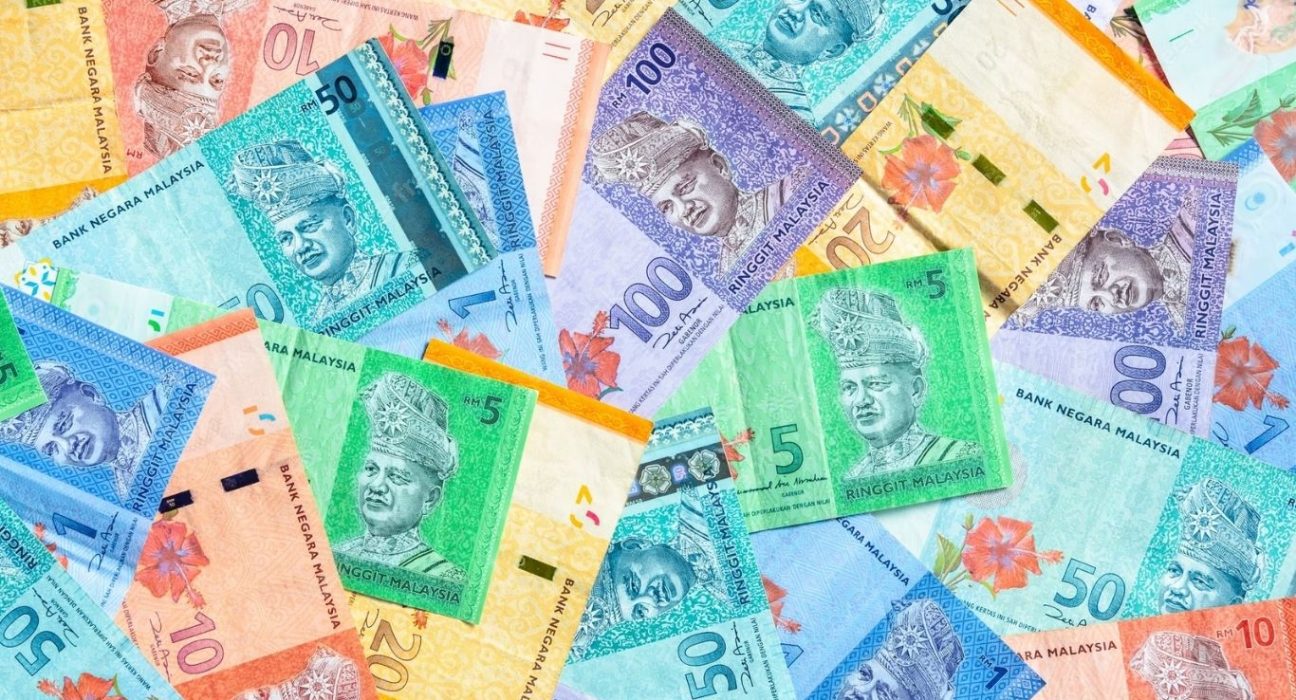The Malaysian ringgit is the official currency of Malaysia, a Southeast Asian country with a population of about 32 million people. The ringgit is divided into 100 sen and is issued by the Central Bank of Malaysia. The currency code for the ringgit is MYR and the symbol is RM.
The ringgit has been facing downward pressure in recent months due to various factors, such as the COVID-19 pandemic, political uncertainty, low oil prices, and a strengthening US dollar. In this article, we will explore some of the reasons behind the ringgit’s depreciation and its implications for the Malaysian economy.
COVID-19 Pandemic
The COVID-19 pandemic has been one of the main drivers of the ringgit’s weakness, as it has severely disrupted the economic activity and trade of Malaysia. The country has imposed several lockdowns and movement restrictions to contain the spread of the virus, which have affected the domestic consumption and production. According to the World Bank, Malaysia’s gross domestic product (GDP) contracted by 5.6% in 2020, the worst performance since the Asian financial crisis in 1998.
The pandemic has also reduced the demand for Malaysia’s exports, especially commodities such as palm oil, rubber, and petroleum products. These commodities account for about 20% of Malaysia’s total exports and are sensitive to global price fluctuations. As a result, Malaysia’s current account surplus narrowed to 6.2% of GDP in 2020, from 7% in 2019.
The COVID-19 pandemic has also increased the fiscal deficit and public debt of Malaysia, as the government has implemented various stimulus packages to support the economy and the vulnerable groups. The fiscal deficit widened to 6% of GDP in 2020, from 3.4% in 2019, while the public debt rose to 58.5% of GDP in 2020, from 52.5% in 2019. These fiscal indicators have raised some concerns about Malaysia’s sovereign credit rating and debt sustainability.
Political Uncertainty
Another factor that has weighed on the ringgit is the political uncertainty that has plagued Malaysia since the change of government in February 2020. The ruling coalition, led by Prime Minister Muhyiddin Yassin, has a slim majority in parliament and faces constant challenges from the opposition parties and some of its allies. The political instability has hampered the policy-making process and eroded the public confidence in the government.
The political uncertainty has also increased the risk of early elections, which could further destabilize the country amid the pandemic. The current parliamentary term is due to end in July 2023, but some analysts expect snap polls to be held as soon as the COVID-19 situation improves and the state of emergency is lifted. The outcome of the elections could have significant implications for the economic direction and reforms of Malaysia.
Low Oil Prices
Another factor that has contributed to the ringgit’s depreciation is the low oil prices that have prevailed since 2020. Oil is one of Malaysia’s main export products and a key source of government revenue. The oil price collapse in April 2020, when the West Texas Intermediate (WTI) crude futures briefly turned negative for the first time in history, was a major shock for Malaysia’s oil sector and public finances.
Although oil prices have recovered somewhat since then, they remain below their pre-pandemic levels and are subject to high volatility and uncertainty. According to the International Monetary Fund (IMF), Malaysia’s oil-related revenue declined by about 40% in 2020, while its non-oil revenue also fell by about 10%. The low oil prices have also reduced Malaysia’s terms of trade and external competitiveness.
Strengthening US Dollar
Another factor that has influenced the ringgit’s exchange rate is the strengthening US dollar, which is often seen as a safe-haven currency during times of global turmoil and uncertainty. The US dollar has appreciated against most other currencies since March 2020, when the COVID-19 pandemic triggered a global financial market sell-off and a flight to quality.
The US dollar has also benefited from the relatively faster economic recovery and vaccination progress in the US compared to other countries. Moreover, the US dollar has been supported by the expectations of higher inflation and interest rates in the US due to the massive fiscal stimulus and monetary easing by the US government and the Federal Reserve.
The strengthening US dollar has put downward pressure on most emerging market currencies, including the ringgit.










